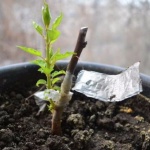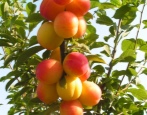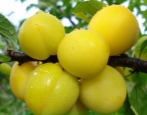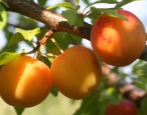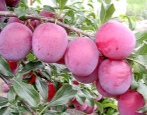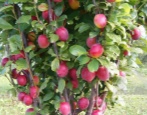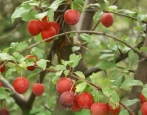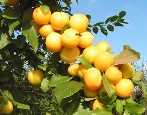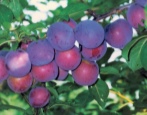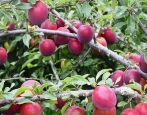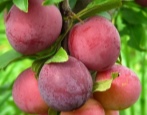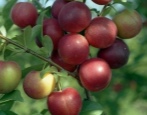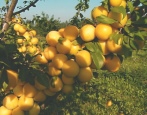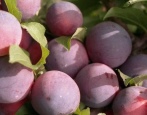
- Authors: L.I. Taranenko, V.V. Pavlyuk, V.V. Yarushnikov
- Growth type: vigorous
- Ripening period: late
- Self-fertility: self-infertile
- Fruit size: large
- Yield: high
- Appointment: universal
- Transportability: high
- Marketability: high
- Fruit weight, g: 45-50
Such a loud name obliges a lot. And cherry plum General, indeed, can demonstrate good results. But to obtain them, you will have to properly study the plant itself and its main features.
Breeding history
Initially, it is worth mentioning that the General does not appear in the Russian state register of cherry plum. It is known that it was developed by a group of Ukrainian breeders Taranenko, Pavlyuk and Yarushnikov at the Donetsk Experimental Gardening Station.
Description of the variety
A universal fruit tree grows up to 4-5 m tall. The crown initially resembles a wide pyramid. With age, it will become more and more rounded. Elongated leaves visually resemble a lancet. Flowers of delicate pink color are not grouped into inflorescences, but mostly exist singly.
Fruit characteristics
The cherry plum General, they are very large, which corresponds to the name of the variety. The mass of a single drupe can be 45-50 g. Initially, dark red fruits, when they reach ripeness, acquire a burgundy color. At the same time, the pulp retains a dark red color. You can separate the bone from it, but you have to try.
Taste qualities
With them, the situation is like this:
the density of the pulp is characteristic;
drupes are rather fleshy;
the taste is generally sweet-sour (with a noticeable shift towards sour notes);
the aroma is present, but it is impossible to say something definite about it.
Ripening and fruiting
Such cherry plum will bear its first fruits 4 or 5 years after planting. Flowering occurs around May 15th. The crop ripens relatively late. It will be possible to start collecting it in mid-August. Of course, weather conditions can be very influential.
Yield
The General's productivity is enviable. It can reach 20 kg per tree. At the same time, the harvested fruits are invariably distinguished by high commercial characteristics and are easily transported. The conclusion is obvious - such a culture is suitable for both private cultivation and for a small commercial garden.
Self-fertility and the need for pollinators
The good qualities of the General do not allow ignoring the self-infertility of this variety. For fertilization, you need to use varieties with similar developmental periods.
Growing and care
It is possible to plant such cherry plum only in sunny places with neutral soil, with the location of groundwater not higher than 1 m. The planted plants are watered every 14 days, using 30 liters of water. Young trees are watered no more than 5 times per season, after they get stronger. Adult specimens are watered no more than 3 times at all. Of course, when the heat hits, it is recommended to activate watering.
In the event of a drought, it is brought to 20 liters per week. In the last decade of October, water recharge irrigation is carried out. It is necessary to cut off the culture just before the planting itself. In the future, this procedure is carried out annually. Add to the landing pit 14 days before disembarkation:
humus;
fertile land;
nitrophosphate.
Generative buds of annual shoots should not be cut off. They usually survive the winter and are removed only when there are obvious signs of damage. The crown is cut, achieving visual accuracy.The soil is loosened and weeds get rid of; these two manipulations are especially important at an early stage, until the tree gets stronger. Organic fertilizers are applied every 2 or 3 years.
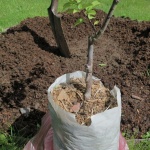
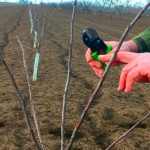
Disease and pest resistance
Resistance to fungal infections is quite high. But we must remember that any immunity can be overcome. In addition, both bacteria and viruses are dangerous.

Requirements for soil and climatic conditions
General's winter resistance is above average. However, one should not rely too much on this ability of the variety. Optimal growing conditions are created in loamy areas.
